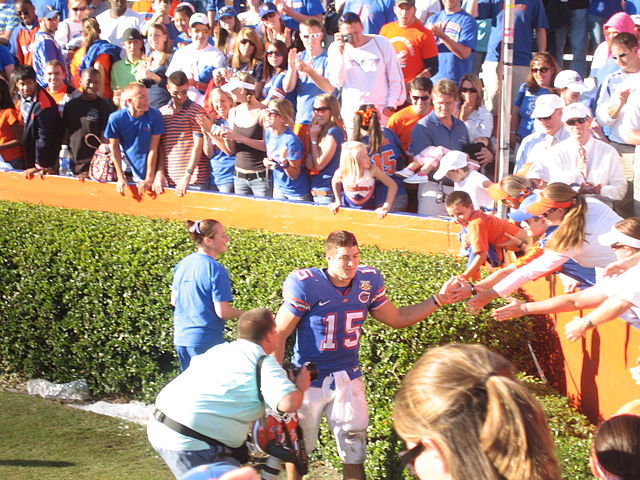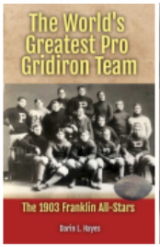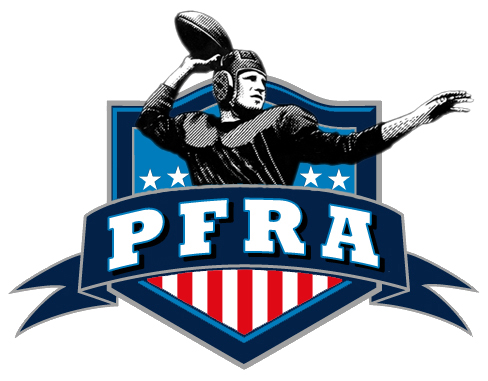The Florida Gators football program was established in 1906, and has had a long and storied history. The team has won three national championships (1996, 2006, and 2008), eight Southeastern Conference championships (1991, 1993, 1994, 1995, 1996, 2000, 2006, and 2008), and played in 40 bowl games.The Gators have produced three Heisman Trophy winners:
- Steve Spurrier (1966), was a two-time All-American quarterback for the Gators in the 1960s. He later returned to Florida as head coach and led the team to its first national championship in 1996.
- Danny Wuerffel (1996),was a Heisman Trophy winner and national champion quarterback for the Gators in 1996. He is also a member of the College Football Hall of Fame.
- Tim Tebow was the Heisman Trophy winner and national champion quarterback for the Gators in 2007. He is also a member of the College Football Hall of Fame.
They have also had over 90 first-team All-Americans and 50 National Football League (NFL) first-round draft choices. Other notable players in Florida Gators football history include:
- Emmitt Smith was a running back for the Gators in the late 1980s. He is the NFL's all-time leading rusher and a member of the Pro Football Hall of Fame.
- Percy Harvin was a wide receiver and return specialist for the Gators in the early 2000s. He is a two-time All-American and a Super Bowl champion.
The best of Florida Gators football history can be found in our collection. The internet's top posts on the history of the Florida Gators football team is found below.

Photo Courtesy of Wikimedia Commons of Tim Tebow at Ben Hill Griffin Stadium at the University of Florida on 17 November 2007 a victory for the Gators over Florida Atlantic 59 to 20.









